There are a few particular elements of urban life that I always watch out for when I travel. Give me one glimpse of an intriguing piece of street art and I’m lost for hours; the same thing happens in local food markets, and sadly I’m a sucker for following a pink-hued, soft-clouded sunset.
While these are all common interests for the majority of travellers who wield a camera, there’s something else I often notice which isn’t so common. For some reason, I’m fascinated by places that are no longer occupied; places with a sense of abandonment.
I want to go burrowing below ground into underground tunnels blocked off to the public, or wander through long abandoned hospital wards with debris and lost memories crunching underfoot. I can even admit, albeit shamefully, that I’ve long harboured a desire to wander through the overgrown wasteland of Pripyat in a Hazmat suit.
So with this fascination, you’re probably assuming I’m an urban explorer, right? One of those anonymous authors of Buzzfeed-esque articles about hidden WWII bunkers and the abandoned buildings of Soviet Russia?
Well, not exactly.
Much as I’d love to join in with the current trend of exploring these spaces, so far I’ve only managed to live vicariously through other people’s adventures, who are both more daring and less concerned about getting tetanus shots.
I don’t exactly know where this temptation stems from. Maybe it’s because of the stories that I’ll probably never know or hear; or maybe its the delicious thrill of slight danger that’s inherent in the crumbling architecture, the breaking of rotting boards, the husks of metal. Abandoned places are also filled with sadness. They are physical proof of a situation that didn’t work out – like Pripyat after the Chernobyl disaster, when an entire city had to evacuate and could never return.
But in some places, at least, there’s a positive spin on this abandonment – and maybe that’s what catches my eye. When entrepreneurial people have reclaimed an old space for a new purpose in the modern world, it makes that space seem doubly interesting.
Exploring Lille for a weekend
So although I don’t actively go looking for abandonment, I still keep my eyes peeled when I’m abroad – and these places have a habit of turning up in the most unexpected locales.
Like the northern French city of Lille, for instance.
The first indicator was at an art gallery on the outskirts of the city. We weren’t even sure where the place was at first, set back at the end of a row of surburban houses – but we knew it was supposed to be interesting.
Its brick facade stood alone, without a building to bolster it, and when we entered the actual gallery I realised the particular resonance of its name.
The art deco madness of Musee de la Piscine
I’ve visited a lot of art galleries over the years, and while there aren’t many that have made me catch my breath, the Musee de la Piscine is certainly one of them.
This gallery houses a collection of modern French art, sculpture and a rotation of exhibitions, but the only thing I could focus on was the thin stretch of water running through the centre of the room, and the realisation that I was standing in the middle of a swimming pool.
A sculpted head at one end of the pool poured a continuous jet of water from its mouth, and every so often people would look up, alarmed, as the recorded sounds of children splashing and shouting emerged from hidden speakers.
The pool was built in 1927 and served as a public swimming baths for fifty years; now, the museum has done its best to retain the Art Deco atmosphere of its origins.
The stained glass windows at either end cast a yellowing light across the multitude of sculpted nudes, large vases, tiny statues, and the occasional glitzy piece of architecture.
As I walked through the temporary exhibitions at the edges of the pool (many of them housed in the cramped changing rooms), I ended up with a little crew of school children with sticky labels on their shirts and thick glasses, being talked to about art by an impeccably dressed man in a flamboyant suit, thin silk cravat and a sincere expression.
We stood a few steps away and watched him point out the large composite photograph of redheaded figures playing on a beach; the same woman in the same pair of loose blue shorts laughing, kneeling, talking, swimming, in duplications all through the image. Other characters were doubled, tripled; he gestured to the different angles of the shadows and I felt a jolt in my stomach.
It’s strange what your eyes steadfastly refuse to notice.
When we eventually dragged ourselves out of the gallery, pushing our way through the Saturday afternoon crowds, I felt as if my senses had been primed.
We walked beneath the arched brickwork of a destroyed textile factory and headed into the city of Lille, looking out for other examples of reclaiming forgotten places and spaces in the city.
The history hidden in Lille’s streets
The more we walked around the streets of Lille, the more I started to notice the different layers of history seemingly embedded everywhere.
I started taking photos of the tops of buildings; each one completely different from its neighbour and clearly built in different decades, or different centuries, yet all squashed up together. Jostling for space.
In a tiny courtyard we discovered the Musee Hospice Comtesse, an old 17th century hospice built in the grounds of an old palace, and which is a perfect reproduction of a Flemish home four centuries ago.
The kitchen had doors high up in the walls for a smoke house, accessible only by ladder, and the walls themselves were covered in tiles depicted everything from French windmills to sea monsters to the popular street games of the time.
Below ground, riding on the Metro, we zipped through the station of Beux Artes station and I spotted small statues sitting on plinths embedded into the platform wall. Before I’d had a chance to blink, our train had moved and they’d gone again, but I couldn’t help wishing I knew more about who put them there, and why.
Buying books at the old stock exchange
That evening as we wandered through Lille’s centre, we stopped outside the Vielle Bourse, one of the city’s most famous buildings. Built in the 17th century, it used to be a space for French merchants to ply their trade and contained 24 privately owned houses that opened out onto a central courtyard. Eventually the building fell into disrepair and needed serious restoration work.
And now?
Now, the old stock exchange lies open to the cold night air and the courtyard is filled with the slow meanderings of people browsing for posters, knickknacks and books.
Two men sat in the centre, unperturbed by the book bargaining going on around them. The Vielle Bourse is also home to a band of chess players, the champion of whom is a bookseller named Francois. Apparently he’ll play any passer-by who wants to face him. And, presumably, he beats every one of them.
Back to the modern world of Lille
By the time we got back to our Park Inn hotel at the end of the evening, I was exhausted – and my brain was spinning at how modern the hotel room felt.
Although the dressing gown on the end of my bed (and the complimentary box of gauffre waffles) certainly didn’t go amiss.
As I switched on the television to find a news channel, I thought about the recent events that had been unfolding in France. The attacks at Charlie Hebdo’s offices in Paris had only happened a few weeks before my weekend in Lille, and the French people had been taking to the streets ever since in staunch support of their country’s values, and to demonstrate their own sense of unity.
Everywhere we looked in Lille, I saw posters and scribbled graffiti proclaiming ‘Je Suis Charlie’ – and I could even see that as an element of reclamation. The city’s Grand Place square, originally an 11th century wheat market, is now a hub of cultural activity for the city, with the Theatre du Nord proudly showing its support for Charlie Hebdo, just like everyone else.
I’m still planning to crack out the black balaclava and sneak surreptitiously into some abandoned places in the near future (so keep an eye out for any articles about my subsequent arrest for breaking and entering..)
But for now, I’m happy with discovering how people reinvent and reclaim these spaces for themselves.
Disclaimer: My stay in Lille was sponsored by Park Inn Hotels as part of their #ParkInnExpress campaign. However, my fascination with reclaimed spaces is all my own. As is my current inability to actually go urban exploring.

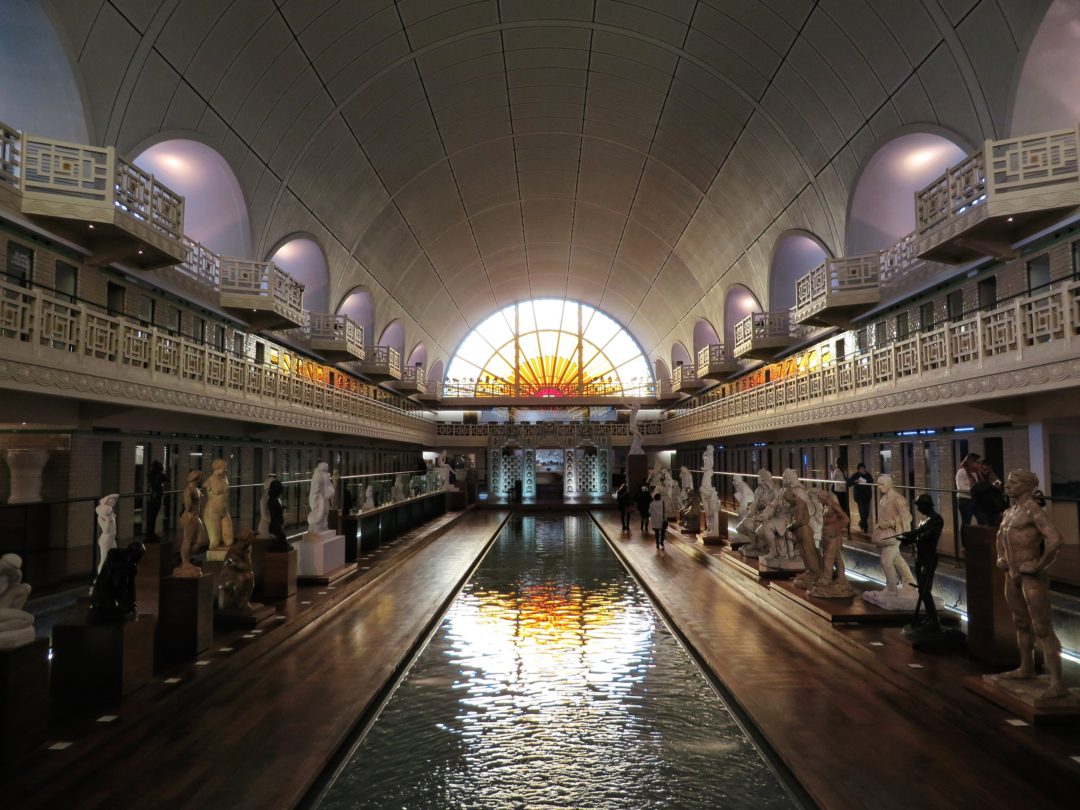
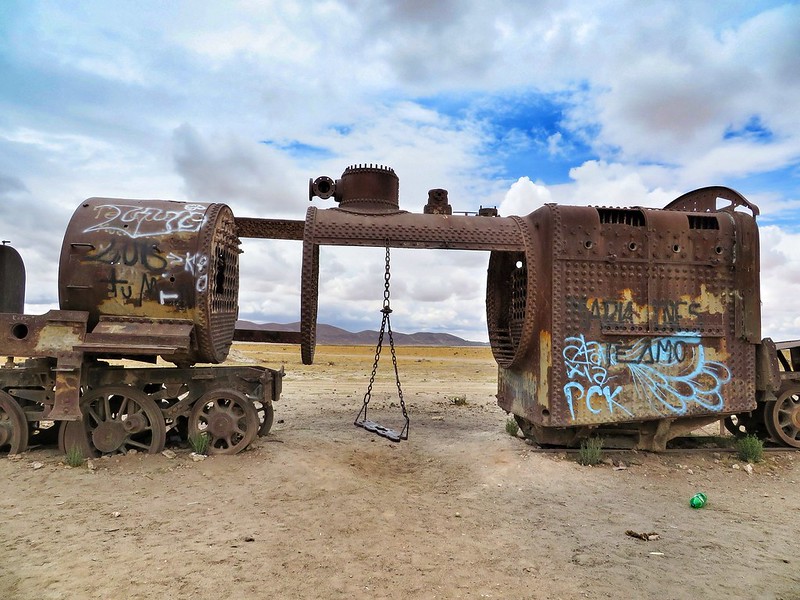
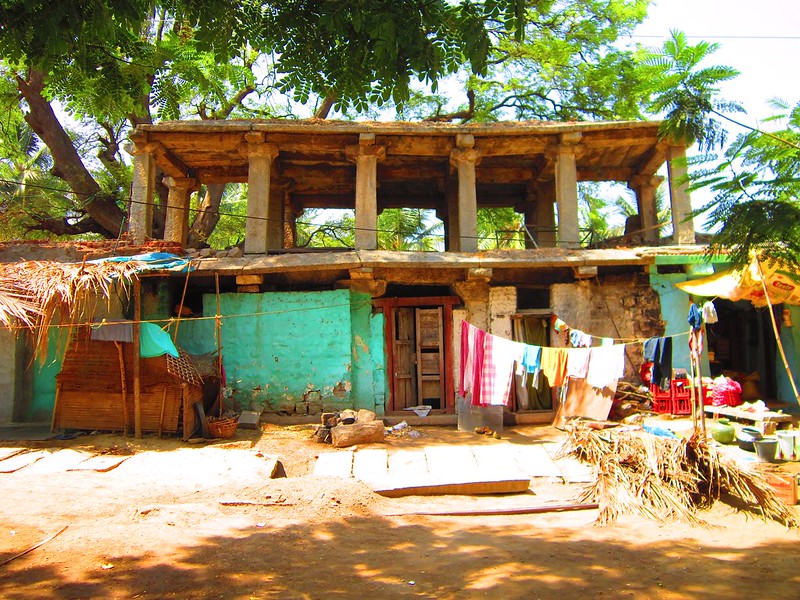
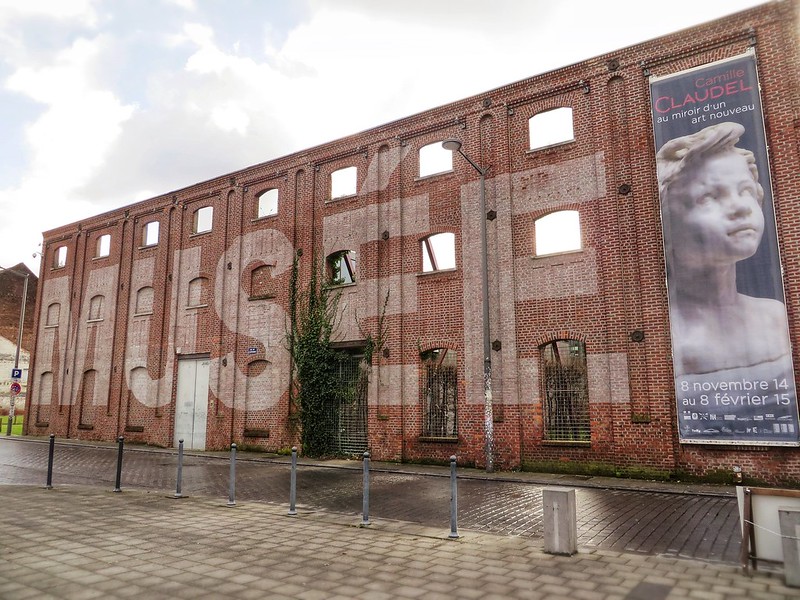

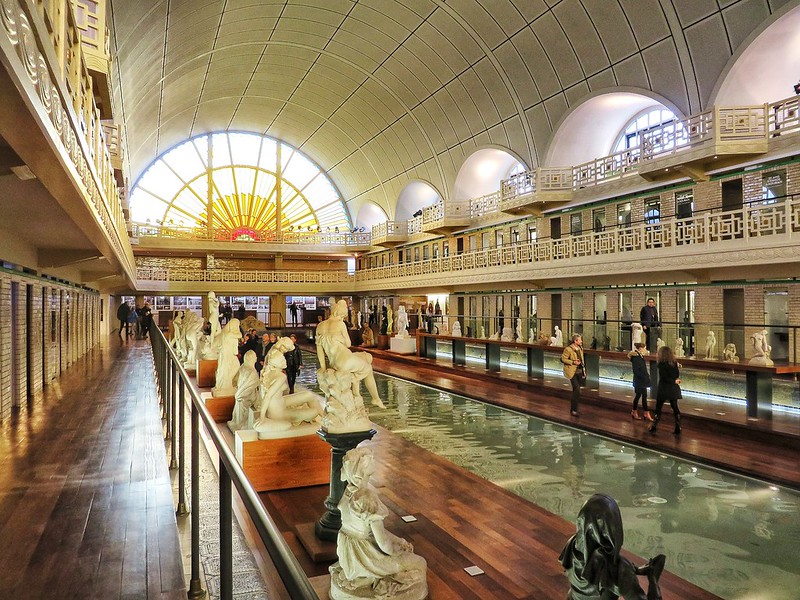

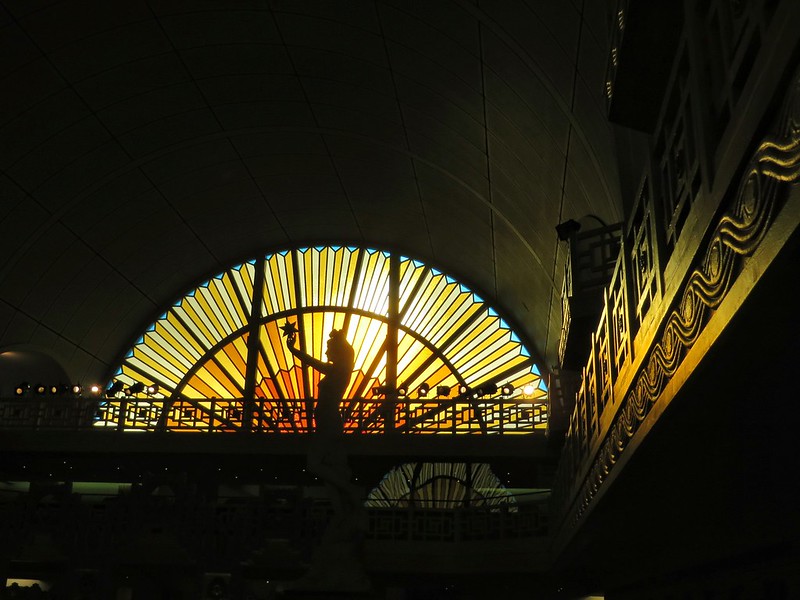
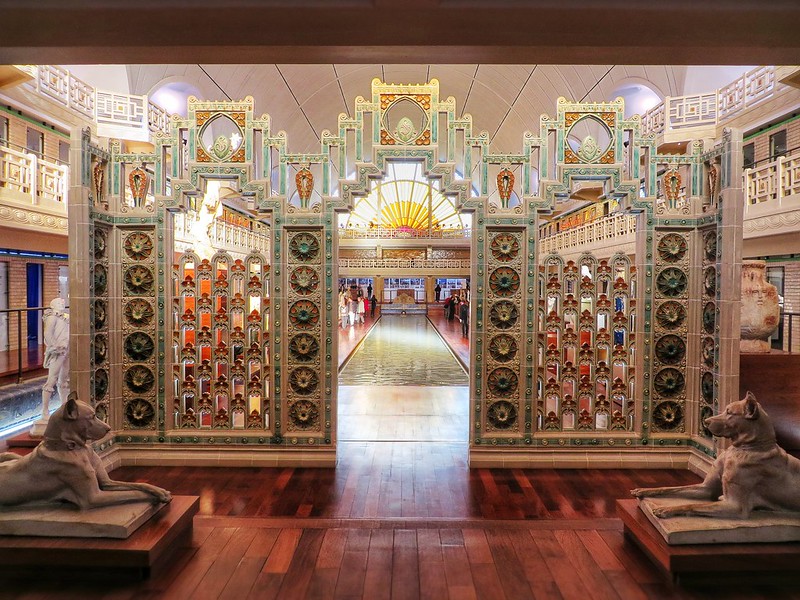
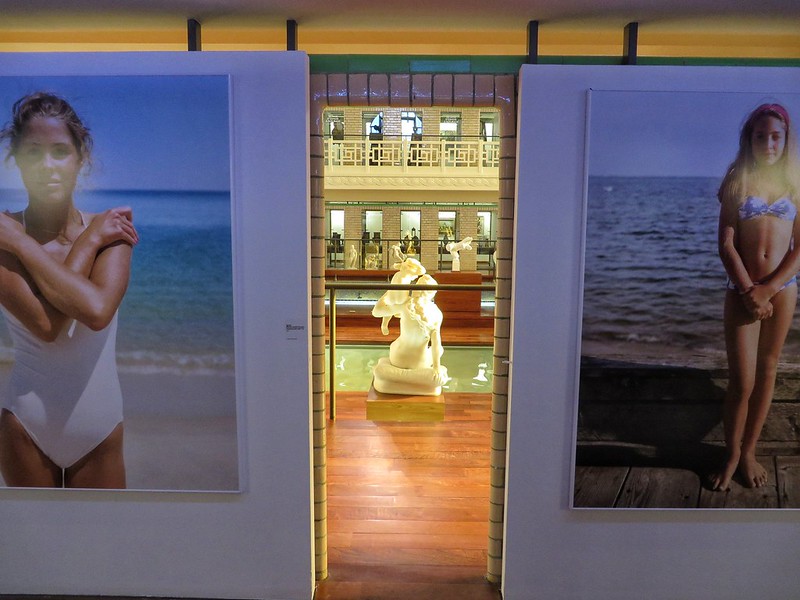


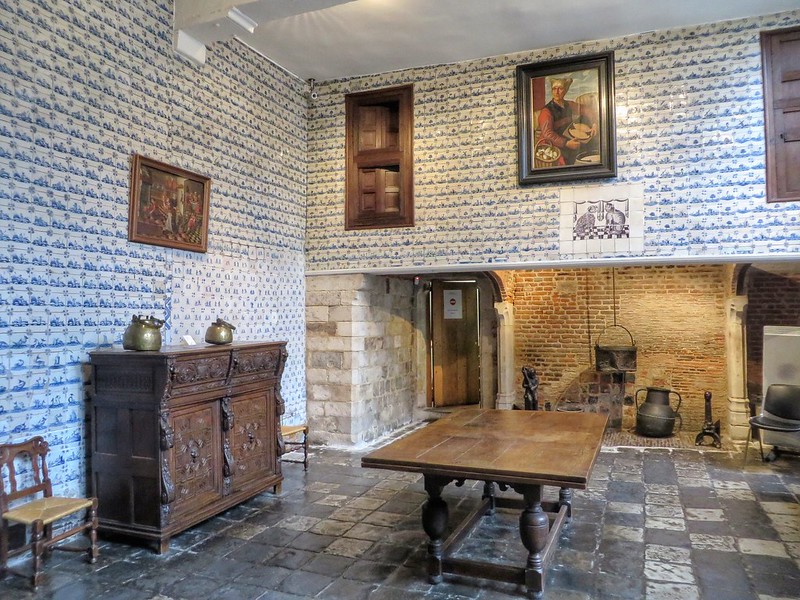
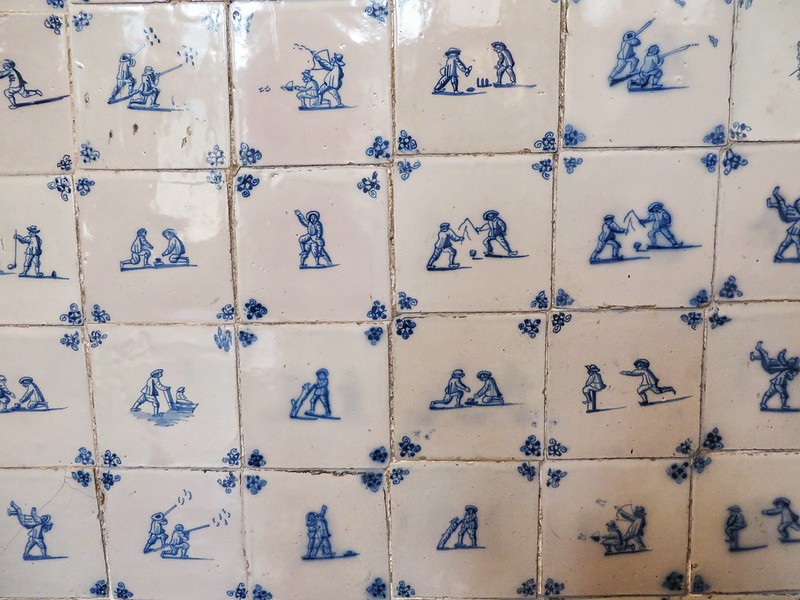
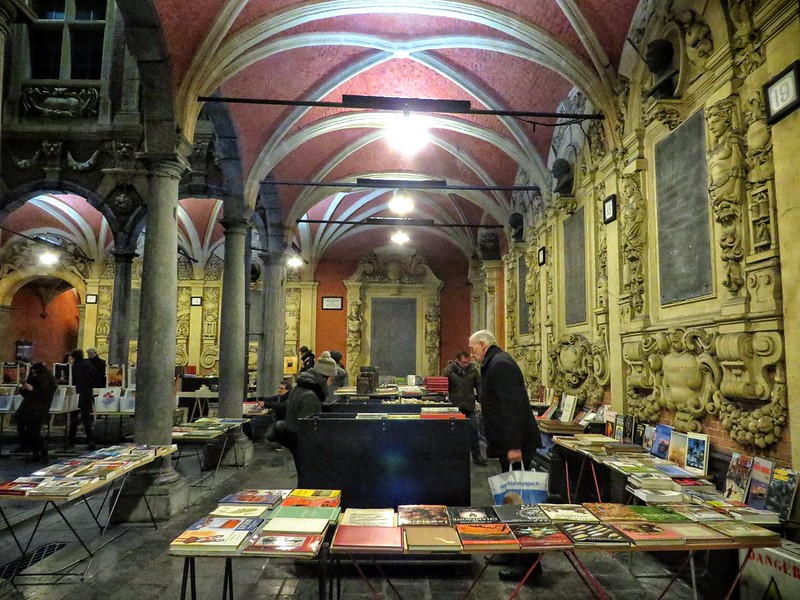
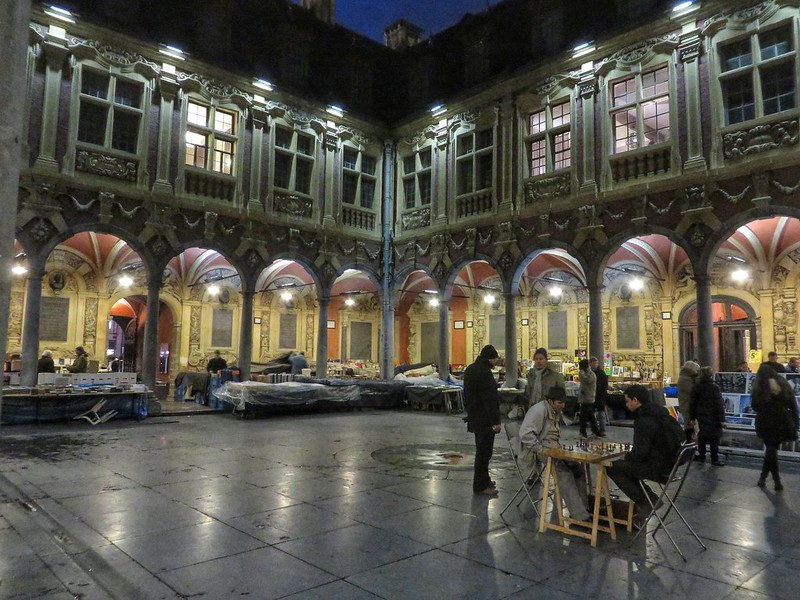

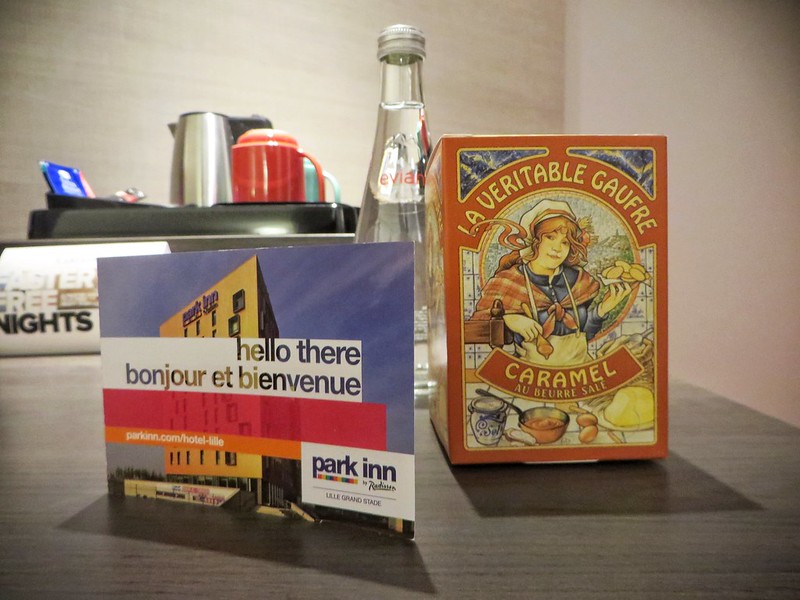


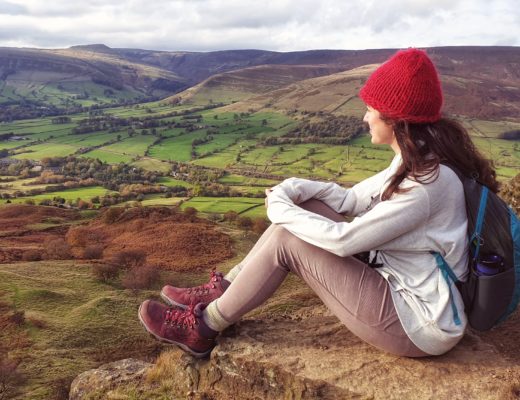


5 Comments
Shikha (whywasteannualleave)
February 19, 2015 at 10:05 pmVery beautifully written and I was fascinated to see the angle through which you viewed the city, through these abandoned spaces and that sense of re-development. You’ve captured the essence of the Musee de la Piscine just perfectly.
thetraveloguer
February 26, 2015 at 1:55 pmGreat post, Flora. I would love to visit Lille now, I had never thought of it before. 🙂
Flora
February 27, 2015 at 2:24 pmThanks! Lille really is a lovely city – hope you do pay it a visit 🙂
Ivy Kriste
June 18, 2015 at 8:37 amWhat a beautiful place
Flora
July 8, 2015 at 7:21 pmIt really is a stunning building!